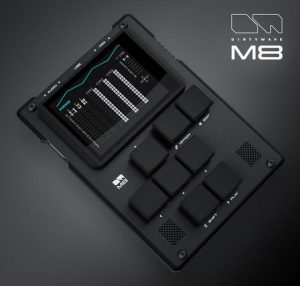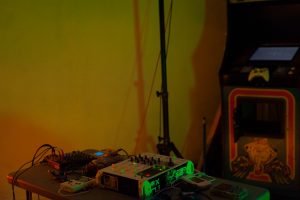The Dirtywave M8 has been gestating in the mind of chipmusican and technologist Tim Lamb, aka Trash80, for more than a decade now. Branching out of past projects like his Arduinoboy midi add-on for LSDJ, the YM2149 synth project, and… Read more
Announcing: PULSEWAVE///RIP
Announcing a new archive project at TCTD, PULSEWAVE///RIP. 15 years ago today, I started the first of many many monthly chiptune events in NYC, leading to things like The Blip Festival and many sister events in cities throughout the world.… Read more


